In early February, a significant oil slick emerged approximately 60km off the coast of Bintan, a northern Indonesian island near Singapore, renowned for its allure to both Western and Asian tourists.
The vast swath of black sludge spanned 185km, surpassing the distance between London and Birmingham, and stretched almost 2km wide at its broadest point, leading observers to suspect deliberate dumping by a passing vessel.
This incident was just one among more than 2,700 oil slicks identified globally by researchers over the past three years, employing satellite imagery and artificial intelligence to monitor pollution originating from maritime vessels.
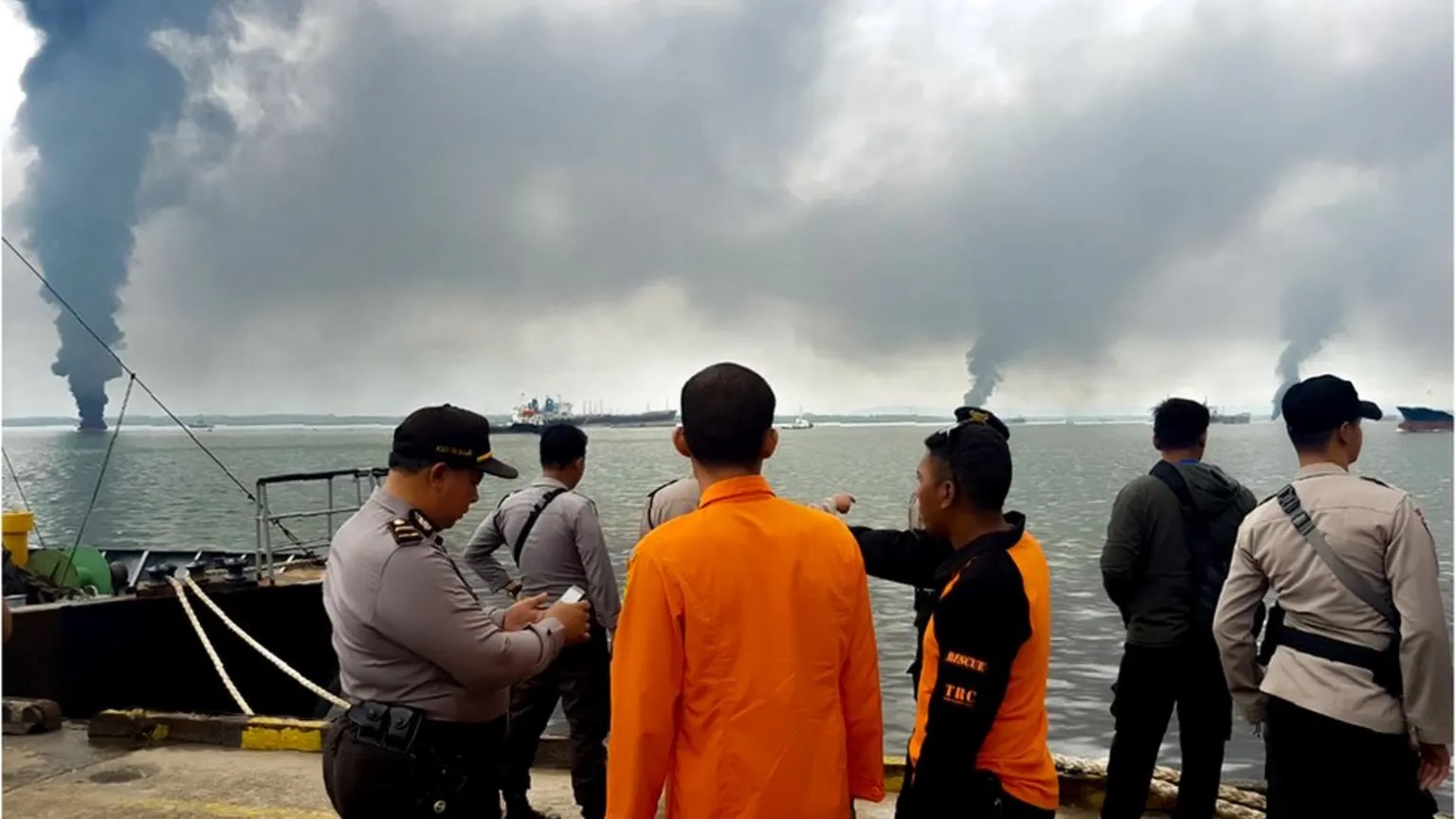
Previously, the extent of such dumping was largely unknown beyond the shipping industry, as comprehensive monitoring proved exceedingly challenging.
Despite Indonesia boasting the sixth-largest territorial waters globally, its strategic position along busy shipping lanes exacerbates its vulnerability to such pollution.
Various factors contribute to vessels accumulating oil-contaminated waste, including the filtration of cheap fuel before engine consumption, which leaves behind sludge, or leakage from engine components accumulating in the hull.
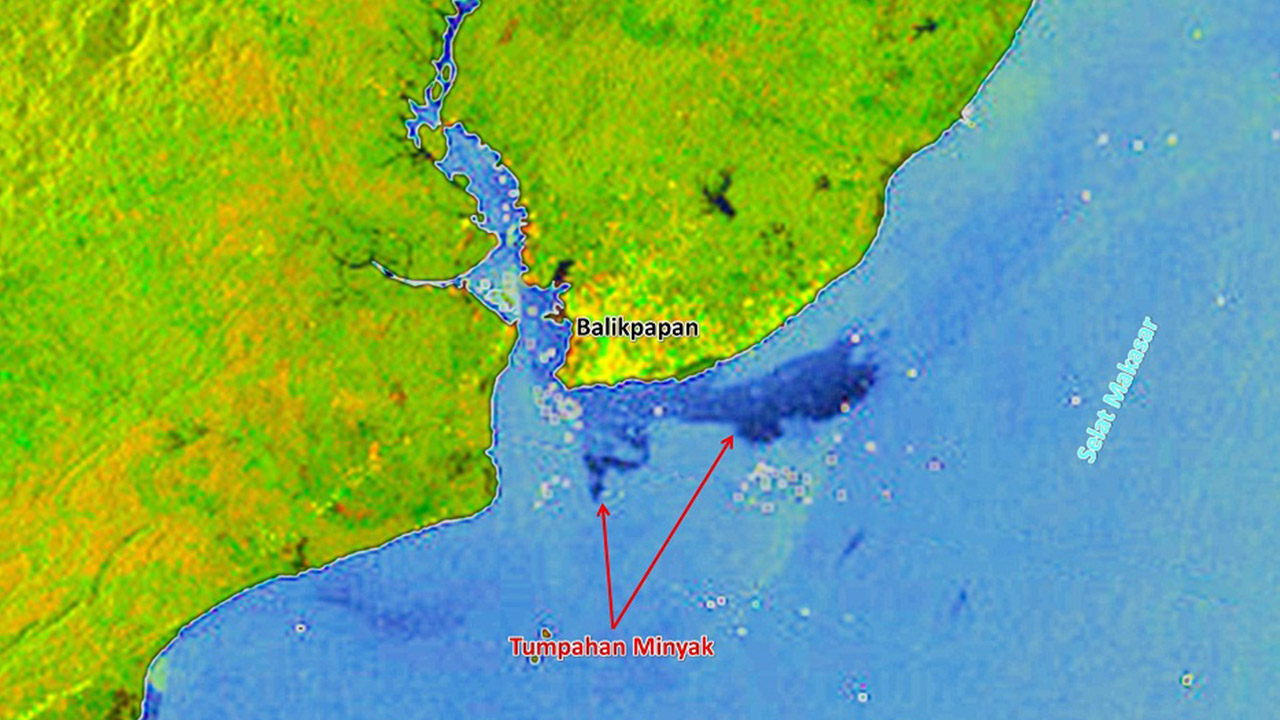
Additionally, oil tankers may engage in cargo tank washing between loads or utilize ballast filling, resulting in the generation of oily water requiring disposal.
Although an International Maritime Organization (IMO) convention has prohibited vessels from releasing liquid containing over 15 parts per million of oil into the sea since 1983, enforcement remains challenging, particularly in regions where coastal states lack the necessary resources or capacity to monitor and report violations effectively.
Satellite imagery and advanced computer modeling technologies have played a pivotal role in identifying responsible parties for such pollution.
Indonesian researchers underscored the detrimental impact of the Bintan oil slick in a 2022 paper, highlighting disruptions to fishing communities and a decline in tourist numbers.
Despite these challenges, ongoing advancements in monitoring technology offer promise in facilitating real-time tracking of polluters and fostering greater accountability in maritime activities.

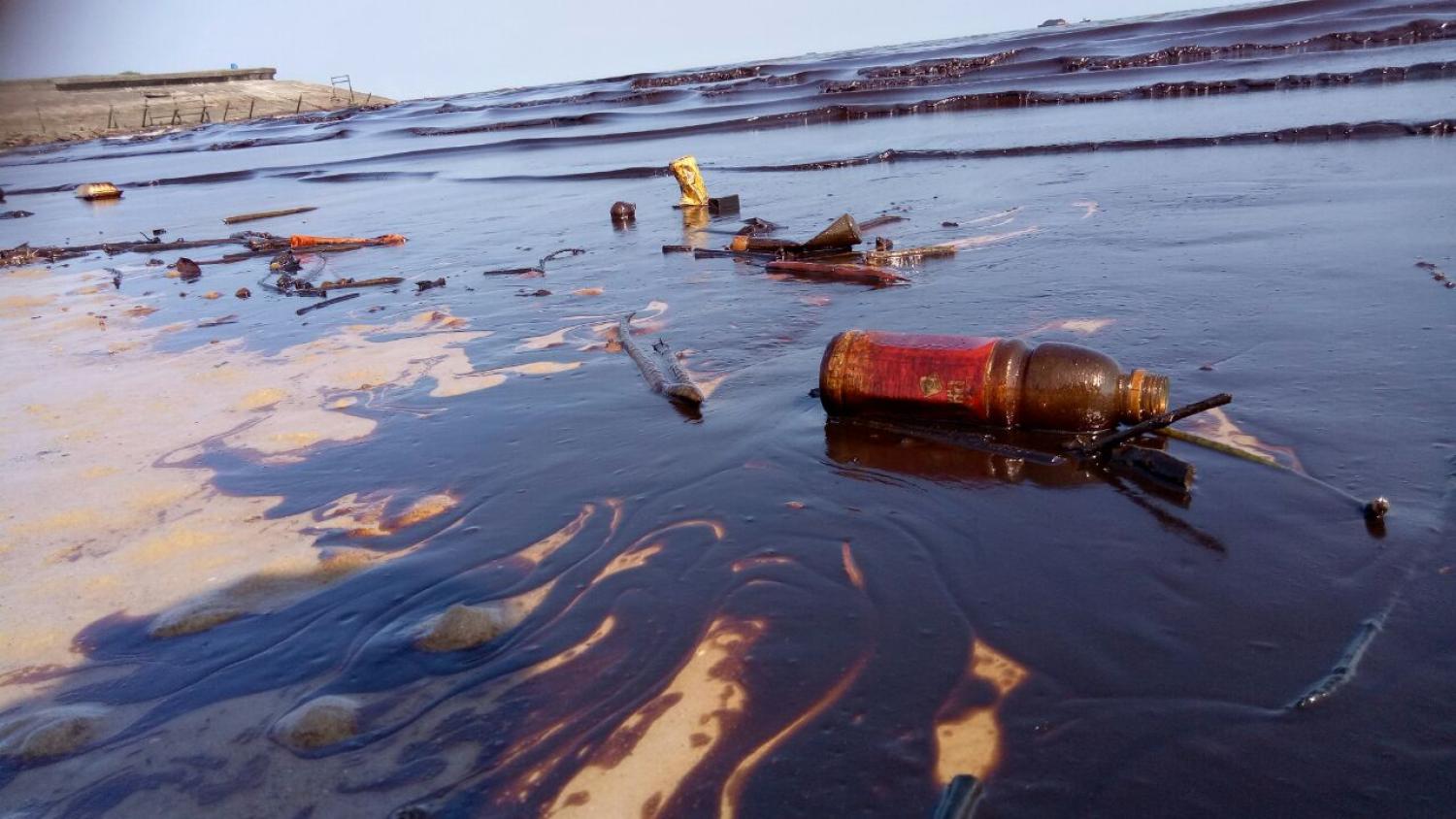
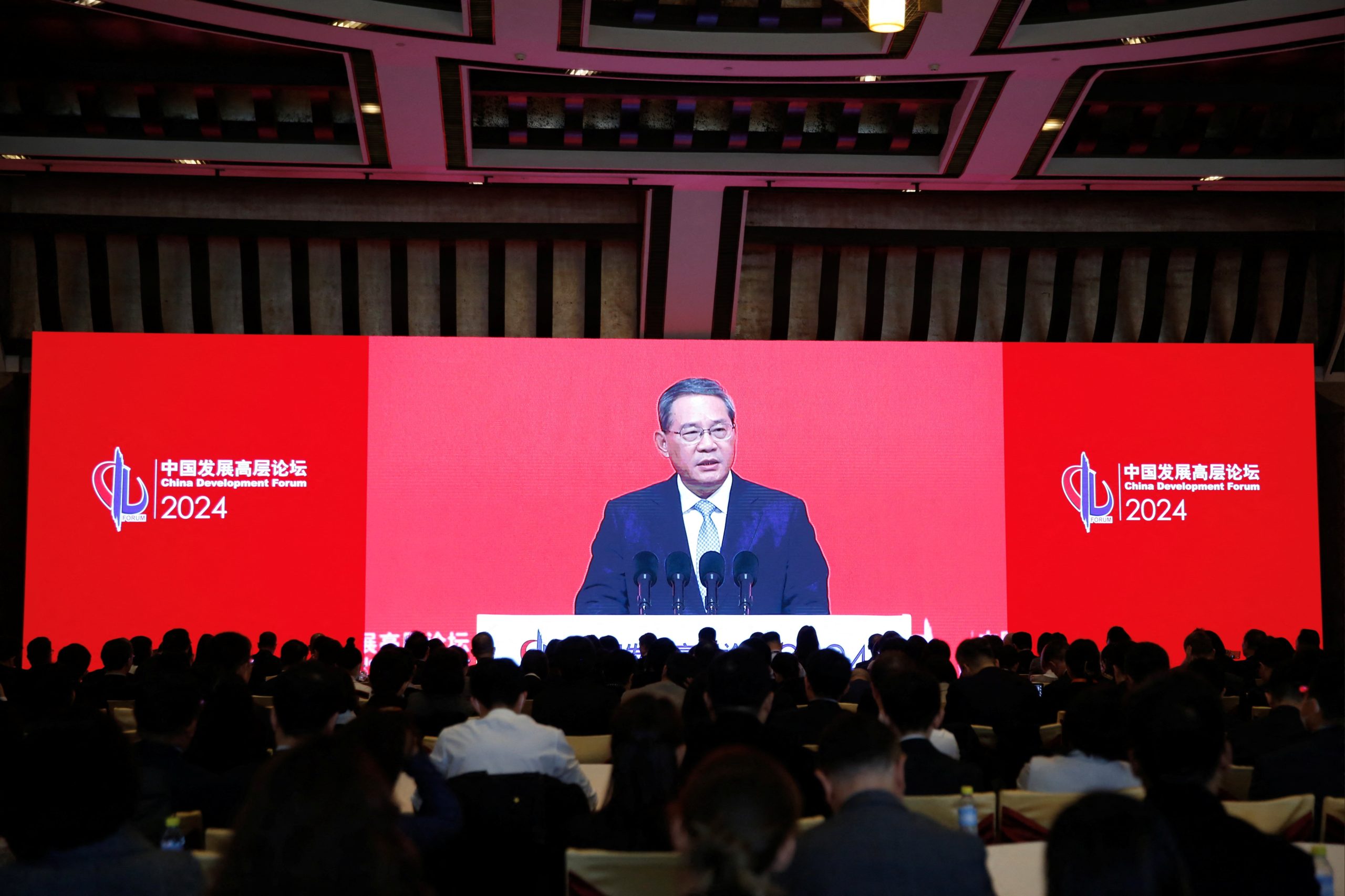



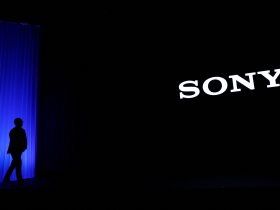
Leave a Reply